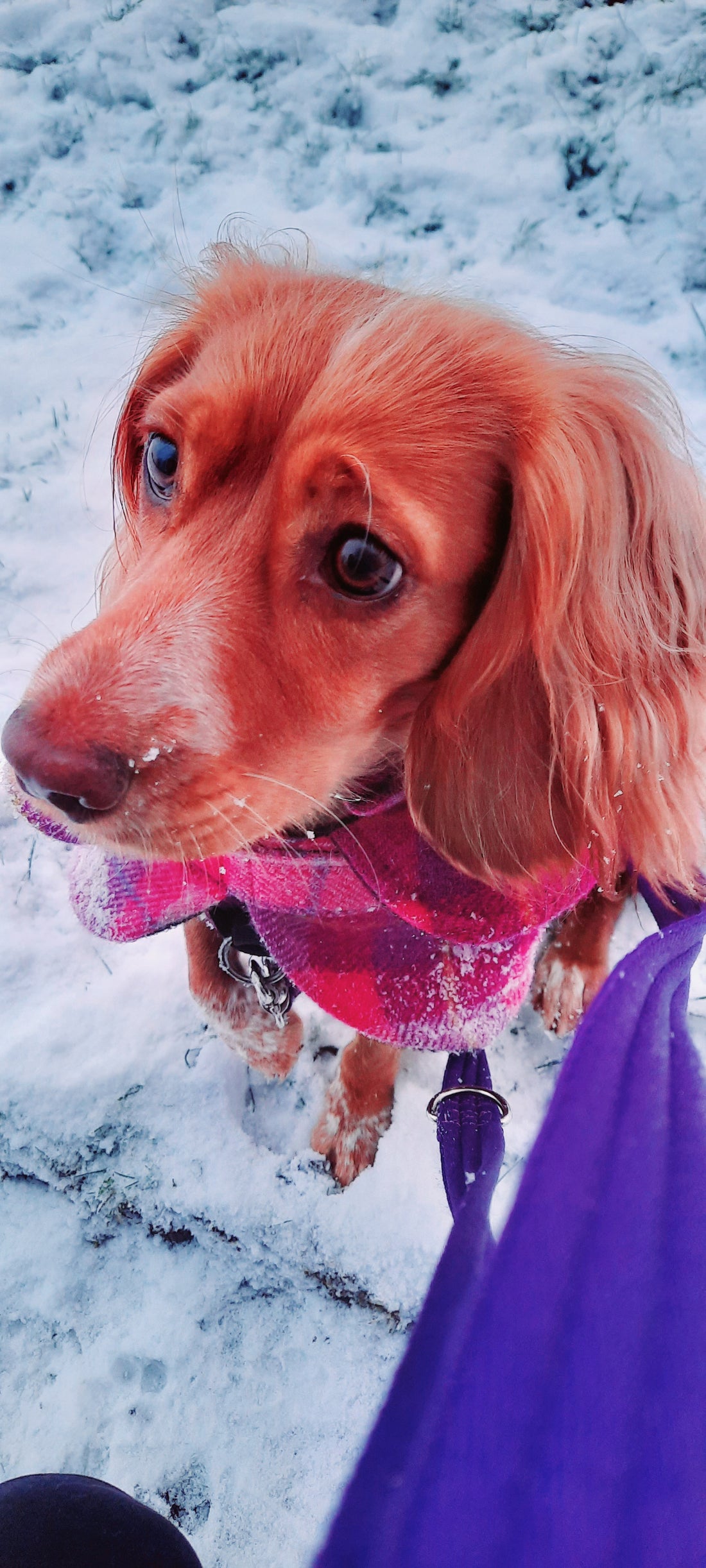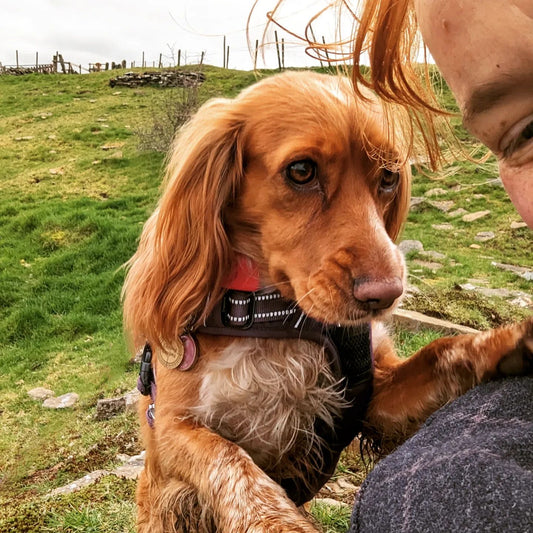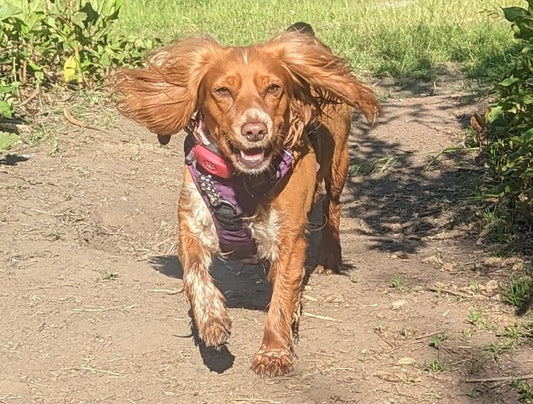
Winter Woofs: A Guide to Keeping Your Canine Companion Safe and Cozy in Winter
1. Understanding the Risks:
Winter poses specific risks to dogs, such as hypothermia and frostbite. According to the People's Dispensary for Sick Animals (PDSA), extreme cold can be particularly harmful to dogs, especially those with short fur or smaller breeds.
Reference: PDSA (People's Dispensary for Sick Animals) - "Pets in Cold Weather"*
2. Appropriate Outdoor Time:
While exercise is crucial for a dog's well-being, it's vital to manage outdoor activities carefully during winter. Keep walks shorter in icy conditions, and choose midday when temperatures are slightly higher. Be mindful of your dog's age, breed, and health condition when planning outdoor activities.
Reference: RSPCA (Royal Society for the Prevention of Cruelty to Animals) - "Cold Weather Advice for Pets"
3. Protecting Paws:
Salt and grit used to de-ice roads and sidewalks can be harsh on a dog's paw pads. Invest in doggy boots or protective wax to shield their sensitive paws. After walks, wipe their paws with a damp cloth to remove any salt or chemicals, reducing the risk of irritation.
Reference: Dogs Trust - "Winter Tips for Dogs"
4. Ensuring Adequate Shelter:
While dogs have fur coats, extreme cold still requires appropriate shelter. Ensure your dog has a warm, dry place to retreat to, whether it's a cozy bed indoors or a well-insulated outdoor kennel. Provide extra blankets or bedding for added warmth.
Reference: Blue Cross for Pets - "Winter pet care tips"
5. Maintaining Visibility:
Limited daylight during winter can make it challenging for drivers to spot dogs during walks. Increase your dog's visibility by using reflective collars, leashes, or even a reflective vest. This simple step significantly reduces the risk of accidents during evening walks.
Reference: Dogs Trust - "Be Safe, Be Seen"
6. Grooming Matters:
Regular grooming is crucial during winter. Dry, winter air can lead to itchy skin, so ensure your dog's coat is clean and well-brushed. Trimming excess hair between the paw pads helps prevent ice balls from forming, reducing discomfort during walks.
Reference: Kennel Club UK - "Winter Dog Care Tips"
Conclusion:
Winter in the UK may bring picturesque landscapes, but it also requires extra care for our canine companions. By understanding the risks and implementing these practical tips, you can ensure your dog stays safe, warm, and happy throughout the colder months. Remember, a little extra attention goes a long way in keeping tails wagging during winter!





